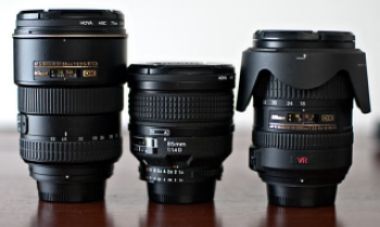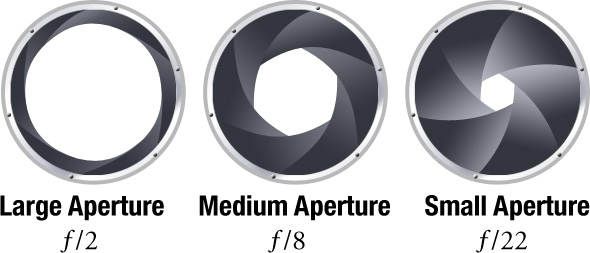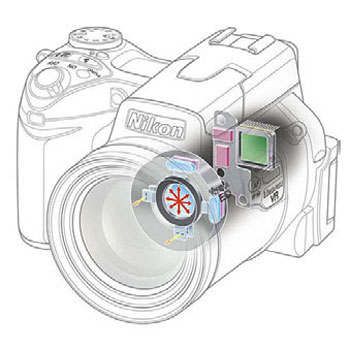Before using the camera as well as his, you know first what is right lens for your camera and photography events. So, do not let one to buy, then some consideration in choosing a camera lens
Adjust the Camera
The lenses you buy of course, must match your camera. What else for SLR users, types of lenses - should be properly addressed. SLR is a systems-based, it means that if you have a Nikon camera, then the lens is designed for Canon Mount will not work on your camera. Platform should adjust your camera's lens with a platform, unless you want to use a lens with an adapter or choose a brand that was sharing the platform.
Adjust with Specific Needs
For different needs, different lenses required. What is meant here is related to the focal length and maximum aperture.
The first is a standard lens, the 50mm size. Usually when buying a DSLR camera, this lens is a lens whose luggage. The lens is also called a normal lens has a viewing angle and magnification factor equal to our eyes.


